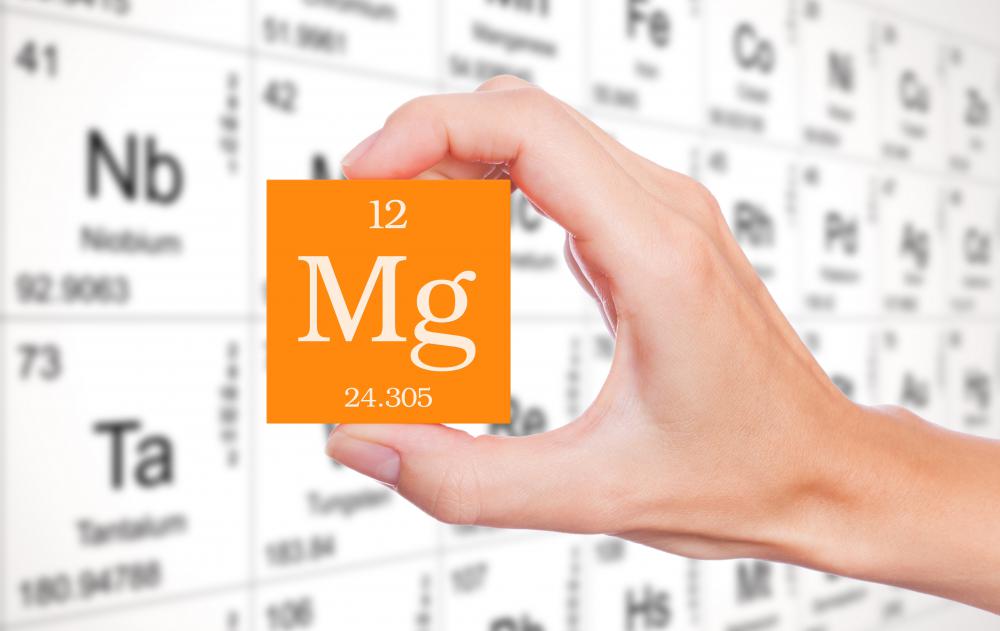At WiseGEEK, we're committed to delivering accurate, trustworthy information. Our expert-authored content is rigorously fact-checked and sourced from credible authorities. Discover how we uphold the highest standards in providing you with reliable knowledge.
What are Common Signs of Preeclampsia?
Common signs of preeclampsia, or toxemia, include high blood pressure and abnormally high levels of protein spilling into the urine during the second or third trimester of pregnancy. Patients with preeclampsia often experience rapid weight gain, exceeding 2 pounds (0.9 kg) per week, due to retention of excess fluid within the body tissues. Remarkable swelling of the face and extremities may also occur. Patients may experience severe headaches, dizziness, visual disturbances, and agitation. Abdominal pains accompanied by nausea and vomiting, as well as a decrease in urine volume, are other signs of preeclampsia.
The abdominal pains associated with preeclampsia are usually located beneath the ribs on the right side. In many cases, the pains are misdiagnosed as the baby pushing or kicking, heartburn, or pain related to gallbladder disease. Rarely, pain may also occur in the right shoulder due to referred pain from the area of the liver. The shoulder pain feels like a pinch along the bra strap. Lower back pain can also manifest among other accompanying signs of preeclampsia.

Eclampsia is the end-stage of untreated preeclampsia. Patients who have developed eclampsia begin to experience seizures. They may lapse into a coma, if the condition goes untreated. Furthermore, eclampsia is life threatening to both the mother and child.
Physicians do not know the exact cause of preeclampsia. Health problems prior to the pregnancy make preeclampsia more likely, including high blood pressure, diabetes, obesity, and rheumatoid arthritis. Multiple pregnancies, involving more than one fetus, also increase the risk of this condition. A family history of preeclampsia also elevates the chances of a woman experiencing preeclampsia during her pregnancy. The condition seems to occur most frequently in the first-time pregnancies of teens or women over the age of 40.

Preeclampsia can reduce blood flow through the placenta, the structure that nourishes the baby through the mother's blood supply. Impaired blood flow in the placenta decreases the baby's rate of growth, resulting in a low-birth-weight baby. Preeclampsia also increases the risk for premature births. Preterm labor may be one of the signs of preeclampsia. A host of problems, including learning disabilities, vision problems, and epilepsy, have been associated with prematurity.

Delivery of the baby is the best way to cure preeclampsia. If the baby is too premature, physicians will handle the high blood pressure with medications and administer magnesium to prevent seizures. Fluid intake and output is carefully monitored to ensure adequate kidney function and urine volume. The mother's level of activity is often restricted. If the mother begins to exhibit severe signs of preeclampsia, such as breathing difficulties, vision problems, or abdominal pain, or if the fetus shows signs of distress, labor may be induced and the baby delivered early.
AS FEATURED ON:
AS FEATURED ON:
















Discuss this Article
Post your comments